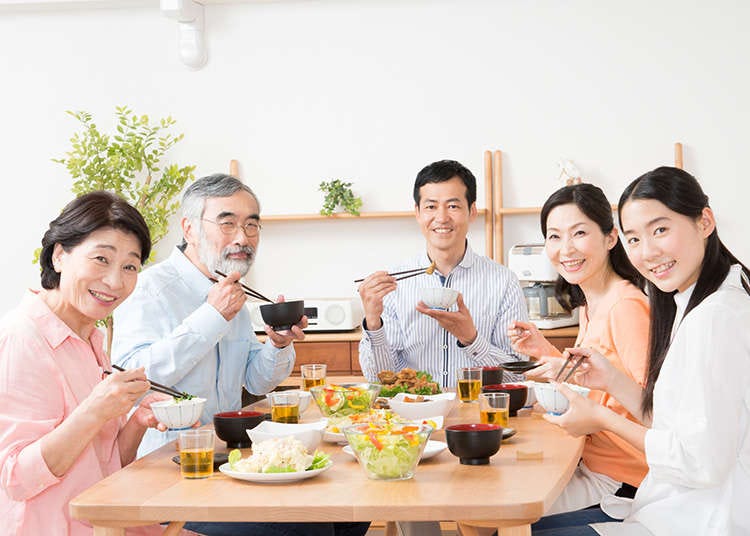
Japan puts a strong emphasis on good manners and, being a culture that uses chopsticks, has its very own set of rules involving them. Let's take a look at the basics of Japanese table manners!
1. While eating: holding the bowl just right
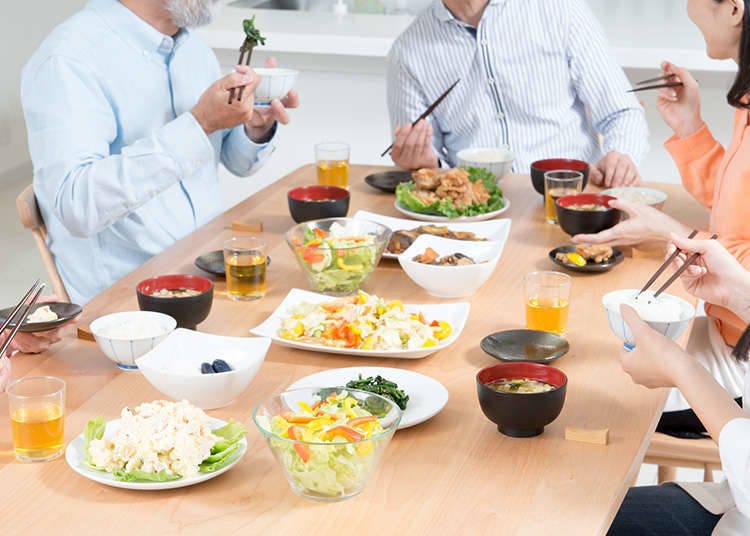
It is proper etiquette to hold up the chawan (tea bowl) and the wan (wooden bowl) while eating. Big bowls, however, should be left on the table as they are. Also, like in many other cultures, it is considered impolite to eat while resting your elbows on the table, and blowing one's nose or making loud noises while eating are frowned upon.
2. Chopstick etiquette
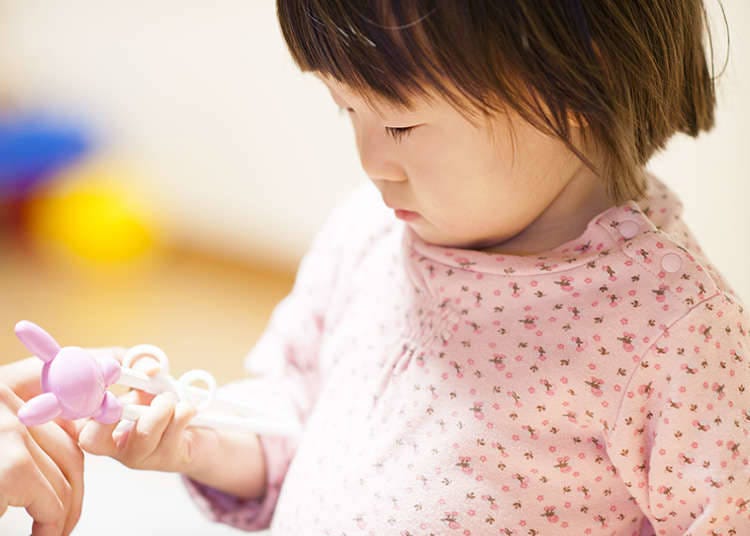
If you learn the proper way to hold chopsticks in your youth, you will always be able to hold them well and leave a positive impression with your skill. They might be a little difficult to use if you are unfamiliar with them, but give it a try. Also, there are many particulars regarding chopstick etiquette in Japan. For example, actions like piercing your food with chopsticks, wondering what to choose next while holding the chopsticks, and sucking the chopsticks are all considered bad behavior.
3. Don't make too much noise with the dishes
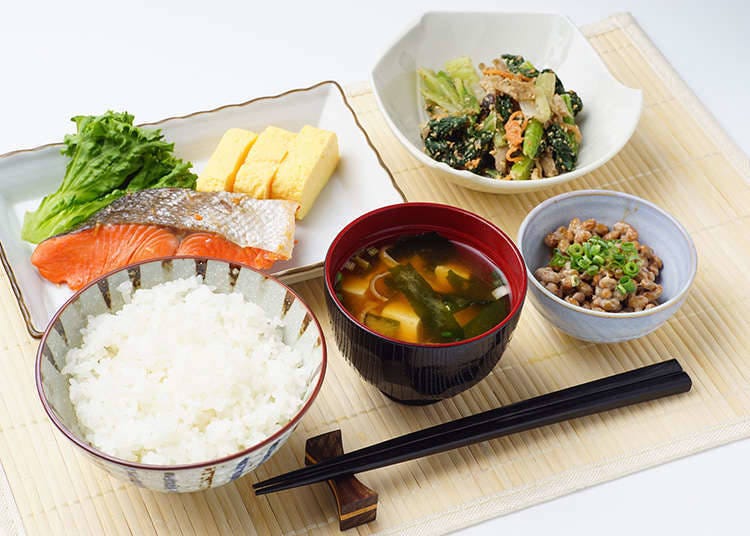
It is considered bad manners to handle your dishes carelessly and noisily. Tapping your plate with chopsticks or making a commotion when placing down bowls, glasses, and the likes is seen as rather rude.
4. Mind the volume of your voice
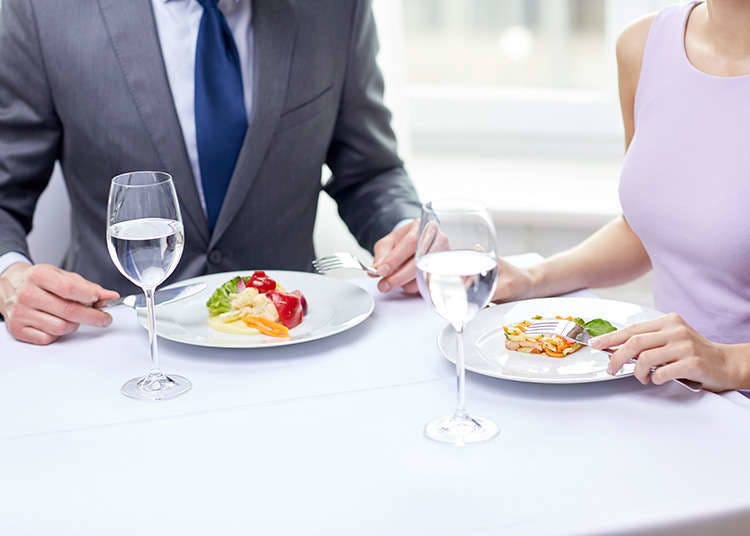
Though it depends on the place you eat, you should usually avoid speaking too loudly. While having fun and joking around loudly might be perfectly alright in an izakaya, people value their quiet time in most restaurants.
5. It's okay to slurp soba!
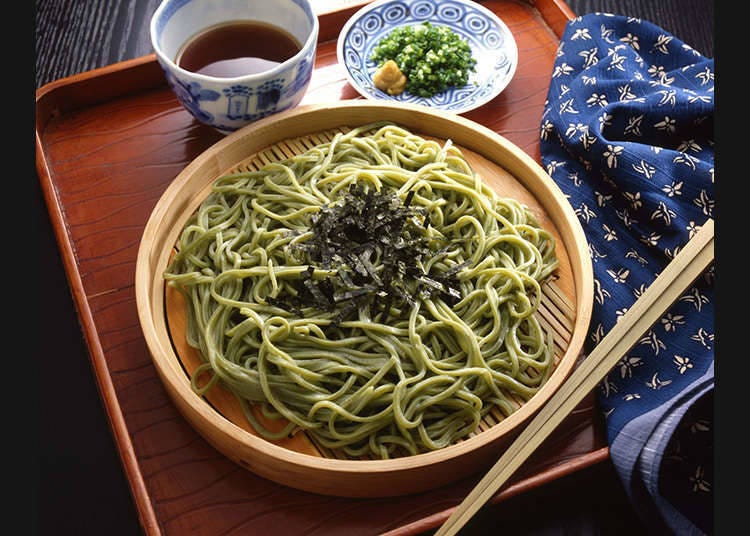
While it may be considered impolite to slurp your food in some countries and locales, it is okay to make some noise when eating noodles in Japan. Especially when it comes to soba, delicious noodles made from buckwheat, it is said that slurping up the noodles will help the flavor spread along your tastebuds.
6. "Itadakimasu" and "Gochisosama"
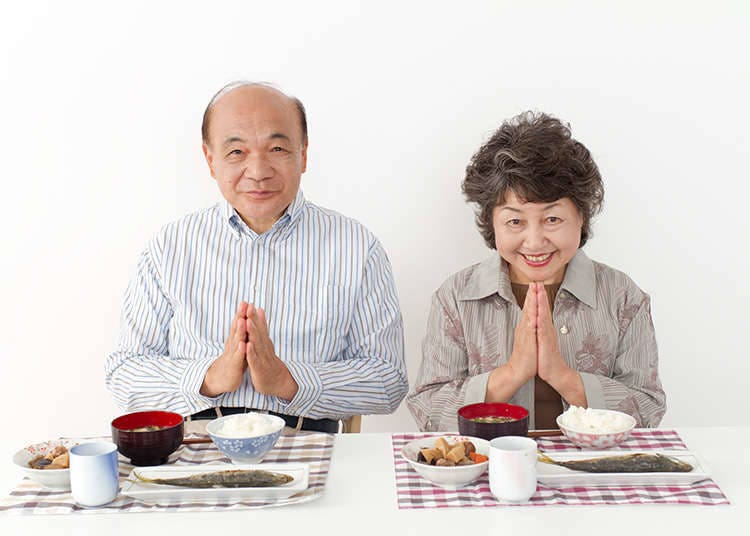
There is a custom to begin and end your meal with a greeting that expresses your gratitude toward the food itself. There is a life force that exists within food, and, as you begin to consume that force, you say itadakimasu (literally, "I humbly receive"). Saying gochisosama (literally, "It was a feast") after the meal is a cultural given. Whether you say it out loud or not depends on the situation. When you are at a quiet place or by yourself, wordless appreciation is just as good as saying the phrase out loud.
- Category
*Prices and options mentioned are subject to change.
*Unless stated otherwise, all prices include tax.
Recommended places for you
-

Osaka JOINER
Other Sightseeing
Namba, Dotonbori, Shinsaibashi
-

ISHIDAYA Hanare
Yakiniku
Kobe, Sannomiya, Kitano
-
Events

Sunflower terminal (Osaka) Terminal 1
Other Sightseeing
USJ, Nanko Port
-

ANO-NE Kids Club
Other Sightseeing
Ginza
-
Goods
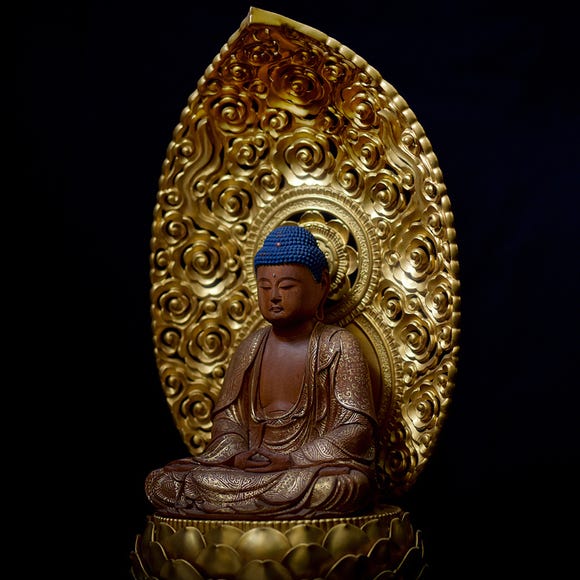
Yoshida Gennojo-Roho Kyoto Buddhist Altars
Gift Shops
Nijo Castle, Kyoto Imperial Palace
-
Appealing

Rukku and Uohei
Izakaya
Sapporo / Chitose
-

Police to ticket cyclists riding on sidewalks, which amounts to almost all cyclists in Japan
-

Via Inn Prime Osaka Kyobashi Mizukinoyu: A Convenient Hotel Near Osaka Castle with Open-Air Baths and Nearby Sightseeing
by: Yotsuka Hizuki
-

There’s a new museum in Japan, but almost all of its location is a secret
-

Step Into the World of Chiikawa: Immersive 'Chiikawa Park' to Open in Ikebukuro's Sunshine City This July!
-

Japan Summer Sales 2025: Your Ultimate Guide to Shopping Deals In Tokyo, Kansai & More!
-

A Don Quijote Like No Other: Step Inside the All-New Tourist-Friendly Store at Shinjuku Tonanguchi Bekkan (Open June 13)
by: Chehui Peh
-

Hoheikyo Onsen (Sapporo): This Open-Air Spa Heaven is Not Where You'd Expect
-

Essential Tokyo: The Complete Guide to Ikebukuro Station
-

Summer In Sendai: All You Need To Know When Traveling To Sendai Between June And August
-

Why Osaka Tennoji Zoo is So Popular with Foreign Tourists (Guide & Highlights)
-

Kichijoji – Explore Tokyo’s Top-Rated Stylish Suburb in Half a Day!
-

Iconic Neighborhoods and More: Inside Tokyo's Top 10 Shopping Streets
- #best sushi japan
- #what to do in odaiba
- #what to bring to japan
- #new years in tokyo
- #best ramen japan
- #what to buy in ameyoko
- #japanese nail trends
- #things to do japan
- #onsen tattoo friendly tokyo
- #daiso
- #best coffee japan
- #best japanese soft drinks
- #best yakiniku japan
- #japanese fashion culture
- #japanese convenience store snacks













